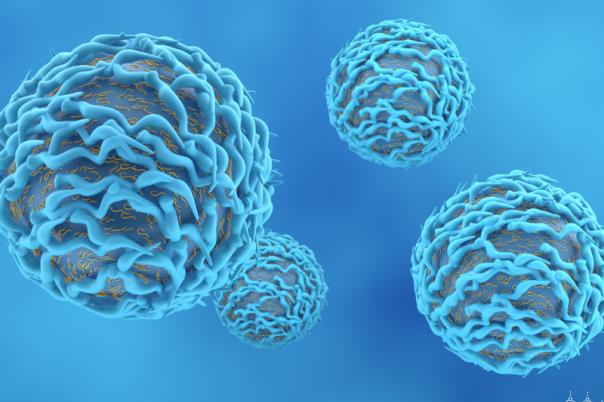Biomarkers have a high failure rate partly due to the variability of data that arises from patient cohort selection, time measurement accuracy, and disease heterogeneity. So, Paul Skipp, Professor in Proteomics at the University of Southampton and Founder of TopMD has developed an algorithm that identifies expression data and maps it onto a gene interaction network, allowing researchers to visualise pathway activity.
The algorithm identifies similarities between pathway maps which enabled Skipp to stratify patient groups and understand the mechanisms driving stratification. Once the relevant pathways have been identified, TopMD measures all the genes associated with the pathways and captures the information. Using this information, the long-term goal is to activate these gene pathways and robust pathway biomarkers for increased efficiency of drug development and patient treatment.
Skipp’s SoMOSA study (Study on Omalizumab Response in Asthma) examines responders and non-responders to the anti-IG therapy omalizumab; a medication used to treat allergic asthma. For early response, GETE (Global Evaluation of Treatment Effectiveness) characterised responders and non-responders at 16 and 52 weeks. Late response is defined as a 50% reduction in acute exacerbations or oral steroid use. The SoMOSA study sampled 191 patients with clinical outcomes measured at 16 and 52 weeks.
The investigation centred on whether blood gene expression signatures highlight the mechanism of response and if they are predictive of response. The GETE scores showed minimal changes in differential gene expression analysis, but TopMD analysis demonstrates significant changes and biological relevance. Skipp elaborated that the TopMD analysis highlighted pathways like eosinophilic markers, airway remodelling, and reduced Ig production. This analysis correlates the exacerbation data which also found pathways with biological relevance such as DTDL, eicosanoid production, eosinophilic markers, and airway remodelling.
Skipp summarised the methodology and the outcome: “We wanted to predict response to omalizumab. Using week 16 data, we split samples 70:30 for training and testing, using the top 100 ranked TopMD genes. Logistic regression predicted response with 84% accuracy.”
The research indicates that compared with traditional differential gene expression analysis, the TopMD approach showed more biologically relevant markers and better predictive accuracy for treatment response. TopMD’s approach provides a clearer picture of the biology underlying disease phenotypes.





